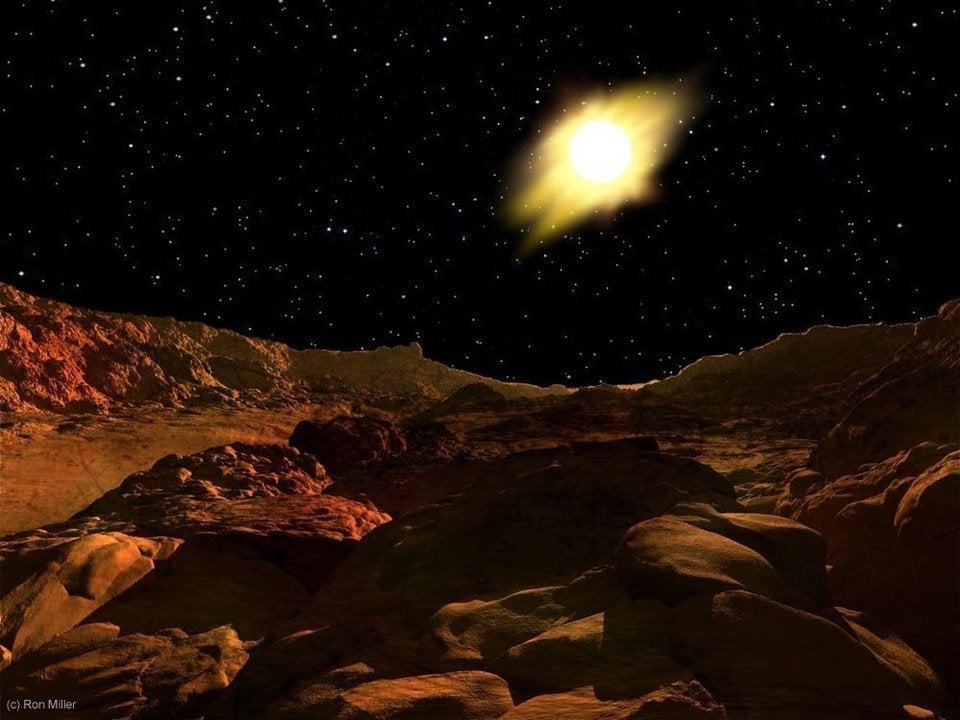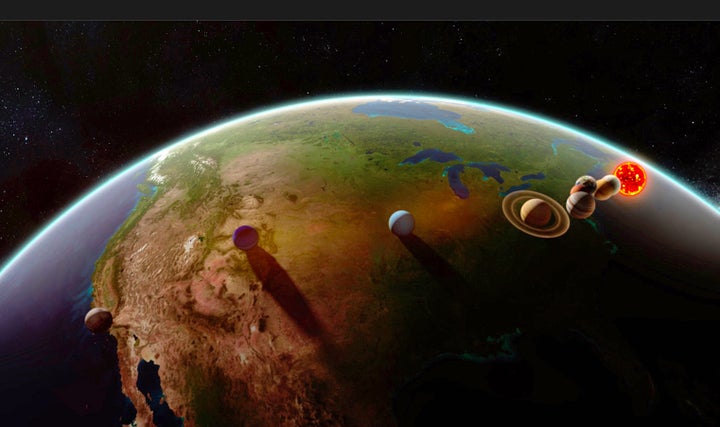
Sure, we sort of all know some of the names of the planets in our solar system, and sure, we kind of know what many of those planets look like, right? But have you ever wondered what it would be like to see the main planets in our cosmic neighborhood as if they were always hovering in the air right above major cities?
Now that would be something. So get ready for “Miniverse,” the most unusual road trip you’ll ever experience.
The actual distances between the planets are so vast that it’s difficult to understand the scale of our little section of the Milky Way galaxy. “Miniverse” is a new film from CuriosityStream that scales down the solar system, placing the sun and planets above the continental United States from coast to coast (as illustrated above).
Add to that a former International Space Station commander, Col. Chris Hadfield, as our guide, who literally puts the pedal to the metal as he begins a joyride across America.
“Everybody has taken car trips or road trips, and it’s a stage,” Hadfield told The Huffington Post. “When you get into a car, you communicate with the people around you in a certain way. Your conversation is fed and interrupted by the environment going by. It provides a constant external feeding source to the conversation. And a lot of really profound conversations happen in cars.”
Along the way, Hadfield picks up some interesting hitchhikers to share his adventure: theoretical physicist and popular futurist Michio Kaku, astronomer Derrick Pitts from Philadelphia’s Franklin Institute and astronomer Laura Danly of Los Angeles’ famous Griffith Observatory.
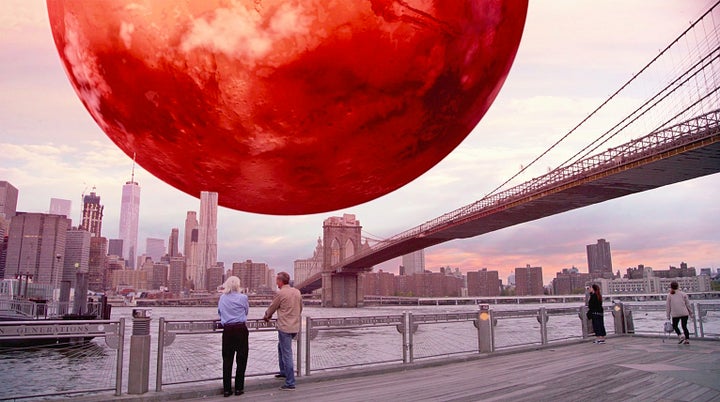
“By putting the sun at the tip of Long Island and putting Pluto on the tip of the Santa Monica pier, and then showing the fact that, by the time you get to the Brooklyn Bridge, you’re at Mars ― the fact that you passed Mercury, then Venus and Earth on the way to Mars, and you hit Mars by the time you hit New York ― that and the whole rest of the solar system is west of there, is kind of startling and extremely memorable,” said Hadfield, who has traveled a few miles in his day.
He’s flown about 100 aircraft, including a Russian Soyuz spacecraft and a space shuttle, and he became Canada’s first man to leave a spacecraft and float in space.
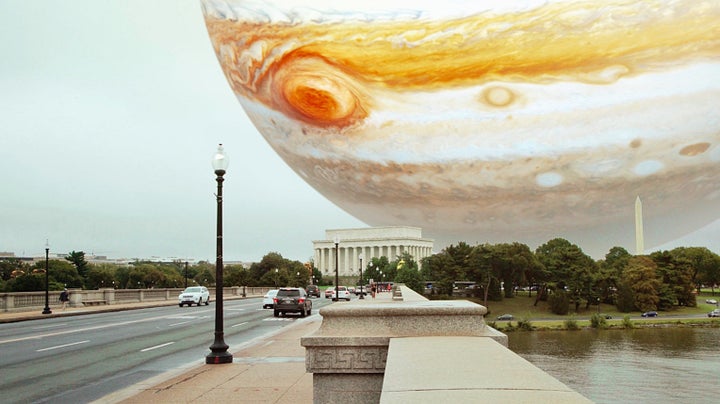
In 2013, Hadfield made the first music video in space while on the International Space Station, with his captivating rendition of David Bowie’s classic “Space Oddity.”
“Most people do not have any feel at all for the solar system,” Hadfield said. “Maybe you’ve memorized something that lets you remember that it’s Mercury, then Venus, then Earth. But after watching the show, now, when someone refers to Mars or Saturn, you’ll have an internalized touchstone familiarity with where it is and why it’s different than the ones next to it, how far away it is and how it fits into context.”
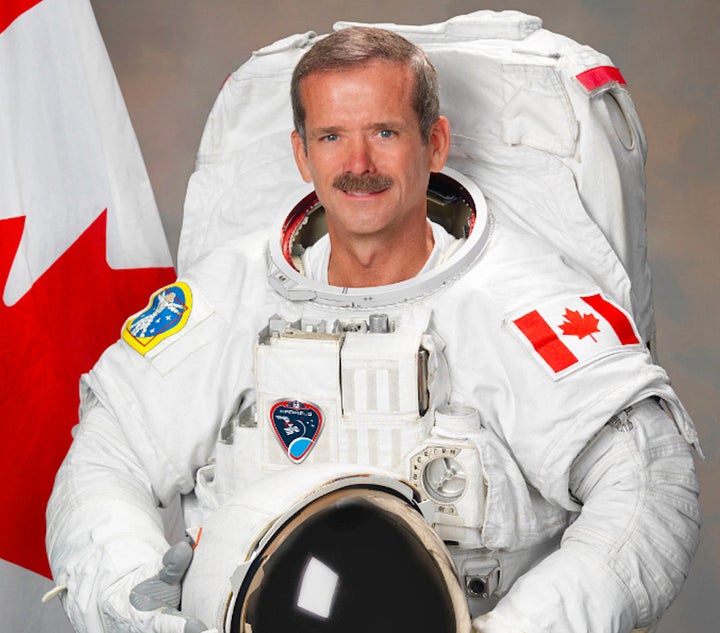
Hadfield hopes “Miniverse” will bring viewers closer to the family of planets in our celestial community.
“I think the fundamental purpose of just trying to let people be familiar with the neighborhood we all live in may be the part that sticks with people the most.
“Our rate of discovery within our own solar system is accelerating, and I think we are closer to discovering life somewhere besides Earth now than we’ve ever been, and it’s all here in our own neighborhood, which is becoming more and more accessible due to technology. To remain ignorant of it is a mistake.”
“Miniverse” can be seen at CuriosityStream.

